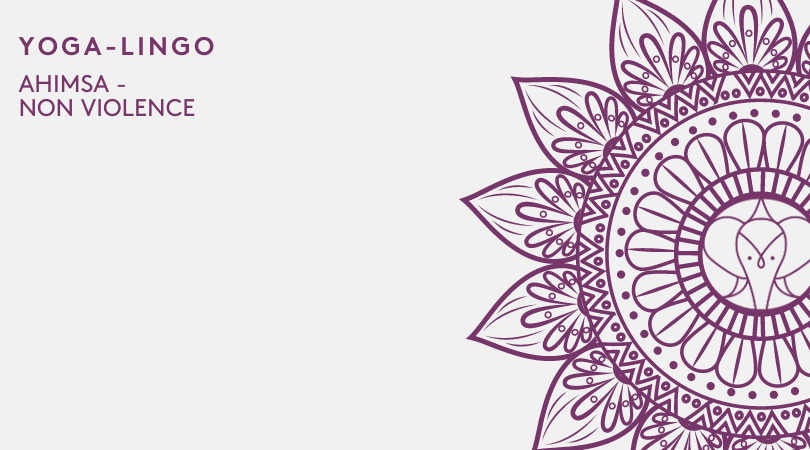Matsyasana - Fish pose
Matsyasana (mot-see-AHS-anna) is derived from the Sanskrit Matsya meaning fish and asana meaning posture. It, therefore, translates to Fish pose in English. Also, when done the yogi resembles a fish. It is believed that if you perform this pose while on water it will make your float.
However, for the spiritualists, the pose makes you float when you perform it whether on water or not because you connect with your environment and spark your kundalini energy.
Matsyasana Step by Step
Step 1: Lie flat on your back with your hands comfortably on your sides. Ensure that your legs are together.
Step 2: Cross your legs over each other so that the feet cross each other at the middle and your thighs and knees are placed flat on the floor. You are now in Padmasana. You can also start the pose from the padmasana position.
Step 3: place your palms under your hips with the palms facing the ground and bring your elbows close to your waist. Slide your palms below your buttocks and ensure that the buttocks rest on the backs of your hands. Keep the buttocks on the hands the whole time you are performing the pose.
Step 4: inhale and press your forearms and elbows on the floor for support. Press your scapula into your back and lift your torso and head away from the floor. Slowly release your head back on to the floor.
Step 5: Lift your chest to arch your back. There should be a minimal weight on your head.
Step 6: hold the pose for a set time while breathing normally. With an exhale lower your torso and head to the floor to release and straighten your legs out.
Modifications
It might be difficult to maintain the backbend. In such a case, place a folded mattress under the back to hold it in position. Ensure that the head rests well on the floor and the throat is not overstretched.
Preparatory Poses
Baddha konasana, dhanurasana, salabhasana, supta virasana, virasana, urdhva mukha svanasana,
Follow Up Poses
Supta Virasana, Gomukhasana, Ustrasana, Virasana, Setu bandha Sarvangasana
Benefits
Stretches the deep hip flexors
Stretches intercostal muscles
Stretches and stimulates the organs of the body
Strengthens the upper back
Strengthens back of the neck
Improves posture
Bandhas
Mula bandha, uddiyana bandha
Drishti
The third eye (naitrayohmadya) drishti
Variations
The variations to this pose are usually in the position of the legs. Traditionally the pose should be performed with the legs in padmasana. However, that is a hard pose for many and therefore it can be done when the legs are straightened out.
Make sure that the thighs are engaged by pressing them firmly on the floor. In the other variation, you can do the pose with the knees bent and the feet pressing firmly on the floor.
Traditions
At a time when the world was about to be destroyed, Vishnu came to the rescue of the people in the form of a fish. He appeared when King Manu was fetching water and pleaded him to keep him. He kept growing bigger every day filling whatever vessel he was put in until the king came to a realization that he was not a normal being.
After this Manu begged Vishnu to enlighten him to which he warned of a flood that was going to kill everything and how Manu could save it by building a great ship that Matsya (Vishnu) directed to safety.
Pose Type
Backbends, supine pose
Beginner Tip
Do not bend your back beyond what you are capable of.
Ensure that the weight distribution is not so much on the head. This can cause the neck to crunch.
You can start by doing the pose with the legs straight out or bent at the knees.









